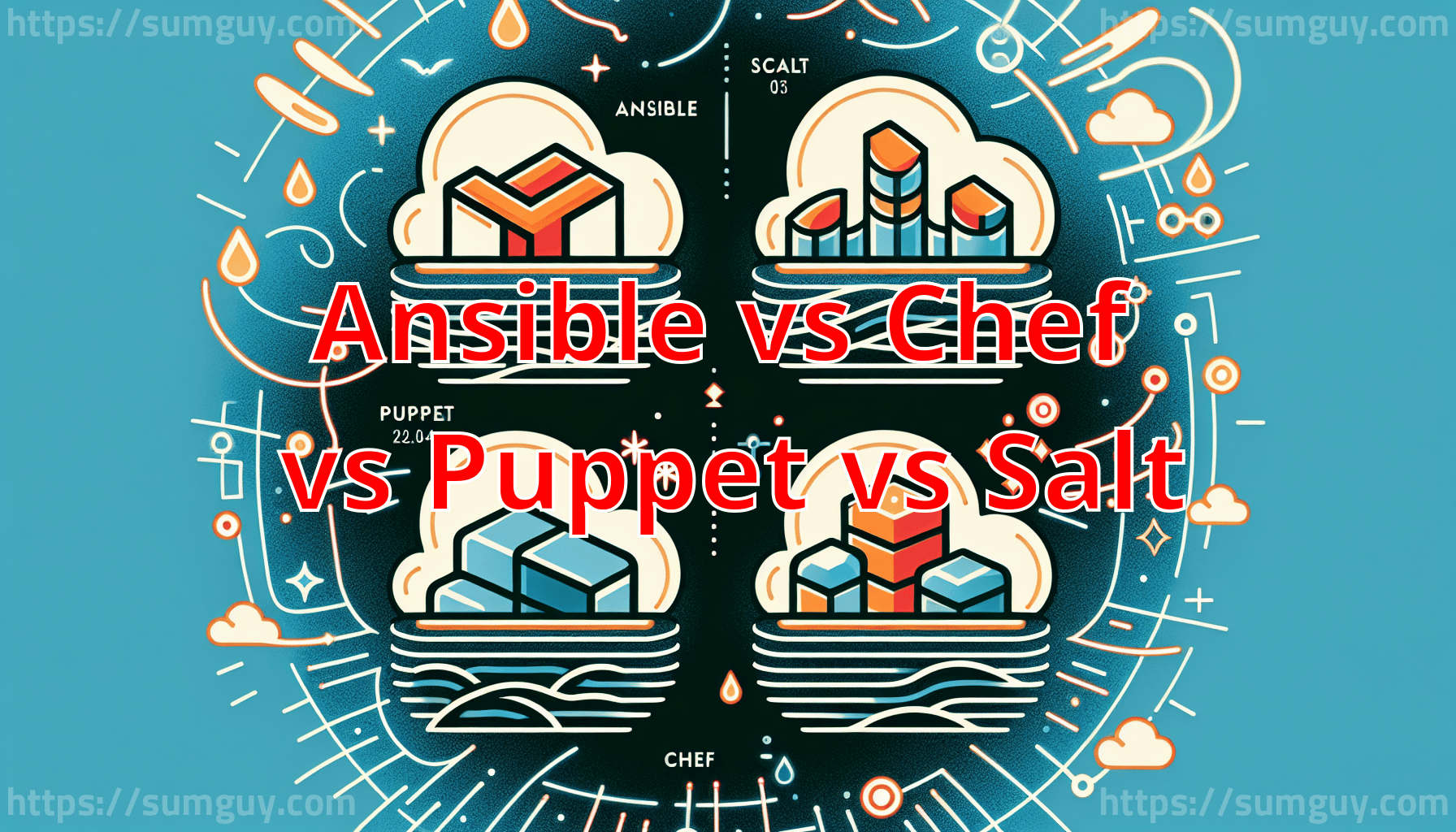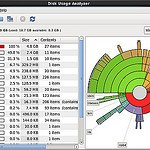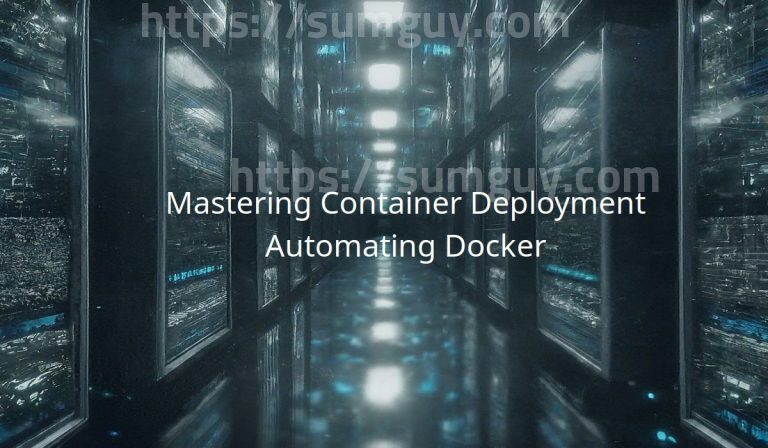DevOps Tools: Ansible vs. Puppet vs. Salt vs. Chef
In the world of DevOps, automation and configuration management tools are fundamental to streamlining and optimizing the software development and deployment pipeline. Among these tools, Ansible, Puppet, Salt (SaltStack), and Chef stand out as popular choices. Each tool comes with its unique features, and choosing the right one depends on your project requirements, team skills, and the complexity of your environment. This comprehensive guide will delve into each of these tools, providing insights into their functionalities, use cases, example “Hello, World!” scripts, and their respective pros and cons.
1. Ansible
Overview:
Developed by Michael DeHaan and acquired by Red Hat in 2015, Ansible is an open-source tool designed for configuration management, application deployment, intraservice orchestration, and provisioning.
Key Features:
- Agentless: No agents/software or additional firewall ports need to be installed on the client systems, making it easier to manage.
- YAML-based Playbooks: Uses YAML, a straightforward, human-readable data serialization language.
Use Case:
Ideal for environments where simplicity and scalability are crucial. Often used for multi-tier deployments and removing the hassle of managing servers, configuration files, or applications.
Example Code: “Hello, Word!” in Ansible:
- name: Echo Hello World
hosts: localhost
tasks:
- name: Echo a message
command: echo "Hello, World!"Pros:
- Simple setup and easy to learn.
- Strong community support.
- No agents required on the managed systems.
Cons:
- Less control over finer configuration management details.
- Performance might be an issue in very large infrastructures.
2. Puppet
Overview:
Puppet, created by Luke Kanies in 2005, is one of the oldest players in the automation and configuration management arena. It uses a declarative language to describe system configuration.
Key Features:
- Master-Agent Architecture: Requires installing a Puppet agent on client machines.
- Puppet DSL: Uses a domain-specific language.
Use Case:
Puppet is highly favorable in large-scale enterprise environments where managing multiple, diverse systems is required.
Example Code: “Hello, World!” in Puppet:
node 'example_node' {
file { '/tmp/helloworld.txt':
content => "Hello, World!\n",
ensure => present,
}
}Pros:
- Powerful and flexible, with extensive mature features.
- Large community and extensive collection of modules.
- Enterprise-level support available.
Cons:
- Steep learning curve due to its complex DSL.
- Master-agent setup can be cumbersome in dynamic environments.
3. Salt (SaltStack)
Overview:
Developed by Thomas Hatch in 2011, Salt is an open-source configuration management and remote execution tool. It uses a push mechanism and can execute commands in parallel on multiple systems.
Key Features:
- Event-driven automation: Makes real-time monitoring and response possible.
- High Scalability: Efficient for managing large-scale infrastructures.
Use Case:
Particularly effective in environments where real-time data processing and immediate reaction to system events are required.
Example Code: “Hello, World!” in Salt:
echo_hello_world:
cmd.run:
- name: echo "Hello, World!"Pros:
- Highly scalable.
- Fast and efficient execution.
- Flexible and easily extendable.
Cons:
- More complex than Ansible.
- Fewer resources and smaller community compared to Puppet and Chef.
4. Chef
Overview:
Chef, created by Adam Jacob in 2009, focuses on treating infrastructure as code. It uses a procedural style for configuration management.
Key Features:
- Master-Agent Model: Requires a Chef workstation to handle configurations which are then pushed to nodes.
- Ruby-based Recipes: Configuration tasks are written in Ruby.
Use Case:
Chef excels in stable environments with a focus on automation of complex tasks across large fleets of servers.
Example Code: “Hello, World!” in Chef:
file 'hello.txt' do
content 'Hello, World!'
action :create
endPros:
- Mature tool with strong community and enterprise support.
- High degree of customization and control.
Cons:
- Steep learning curve due to Ruby.
- Configuration can be complex and verbose.
Example Code
Here’s some sample code for each stack, doing the following actions
- create a directory
- copy a file to remote host
- edit a remote file /etc/example/test/txt to add the following text to it: this is a sample
- make sure a remote service called docker.service is running on the remote host, if not start it
- make sure a file /var/log/syslog exists on remote host
- update apt packages on remote server
Ansible sample
Ansible uses playbooks written in YAML. Here’s how we would write a playbook to perform our specified tasks:
- name: Configuration management with Ansible
hosts: all
become: yes
tasks:
- name: Create a directory
file:
path: /example/directory
state: directory
- name: Copy file to remote host
copy:
src: /local/path/to/file.txt
dest: /example/directory/file.txt
- name: Add text to a remote file
lineinfile:
path: /etc/example/test.txt
line: 'this is a sample'
- name: Ensure docker.service is running
service:
name: docker.service
state: started
- name: Ensure /var/log/syslog exists
file:
path: /var/log/syslog
state: file
- name: Update all apt packages
apt:
update_cache: yes
upgrade: 'yes'Puppet Sample
Puppet uses manifests to define system configuration using its domain-specific language:
node 'example_node' {
file { '/example/directory':
ensure => 'directory',
}
file { '/example/directory/file.txt':
ensure => 'file',
source => 'puppet:///modules/module_name/file.txt',
}
file { '/etc/example/test.txt':
ensure => present,
content => 'this is a sample',
}
service { 'docker.service':
ensure => 'running',
require => Package['docker'],
}
file { '/var/log/syslog':
ensure => 'file',
}
exec { 'update apt packages':
command => '/usr/bin/apt-get update && /usr/bin/apt-get upgrade -y',
path => ['/bin', '/usr/bin', '/usr/local/bin'],
}
}Salt (SaltStack) Sample
Salt uses states to define how systems should be configured. Here’s a state file for our tasks:
create_directory:
file.directory:
- name: /example/directory
copy_file_to_host:
file.managed:
- name: /example/directory/file.txt
- source: salt://path/to/file.txt
edit_remote_file:
file.append:
- name: /etc/example/test.txt
- text: 'this is a sample'
ensure_docker_running:
service.running:
- name: docker.service
check_file_exists:
file.exists:
- name: /var/log/syslog
update_apt_packages:
pkg.uptodate:
- refresh: trueChef sample
Chef uses recipes to manage system configuration. Here’s how we would write a recipe for our tasks:
directory '/example/directory' do
action :create
end
cookbook_file '/example/directory/file.txt' do
source 'file.txt'
action :create
end
file '/etc/example/test.txt' do
content 'this is a sample'
action :create
end
service 'docker.service' do
action [:enable, :start]
end
file '/var/log/syslog' do
action :create
end
execute 'update apt packages' do
command 'apt-get update && apt-get -y upgrade'
action :run
endPerformance and Ecosystem: Scaling and Support
When it comes to performance, all four tools can manage large-scale operations, but their approaches differ. Ansible might struggle with performance in very large infrastructures due to its SSH-based mechanics, whereas Puppet, with a more centralized management style, scales predictably due to its master-agent architecture. Salt can outperform others in environments that require immediate updates across thousands of servers because of its non-blocking and asynchronous communication model. Chef’s ability to handle multiple environments makes it versatile but can introduce complexity in scaling. Regarding support ecosystems, all four tools have strong communities and commercial support plans. Ansible and Puppet benefit from corporate backing by Red Hat and Puppet Inc., respectively, which ensures extensive documentation and community forums. Salt and Chef, while slightly less prevalent in comparison, boast vibrant communities and detailed documentation thanks to their open-source nature and active user bases.
In conclusion, choosing between Ansible, Puppet, Salt, and Chef depends significantly on your specific needs, team expertise, and the scale at which you operate. Ansible is unbeatable for those who value simplicity and quick setup; Puppet offers unparalleled consistency and state enforcement; Salt is the go-to for real-time data execution in massive infrastructures; and Chef excels in handling complex deployments with its infrastructure-as-code paradigm. Whichever tool you choose, ensure it aligns well with your operational goals and technical environment to maximize efficiency and effectiveness in your DevOps practices.
I have personally been using Ansible for the past decade because its simple, easy to get started, and works well for me. Before that I was using Chef. If I had to go again I would probably pick Ansible again due to ease of use and simple setup.







